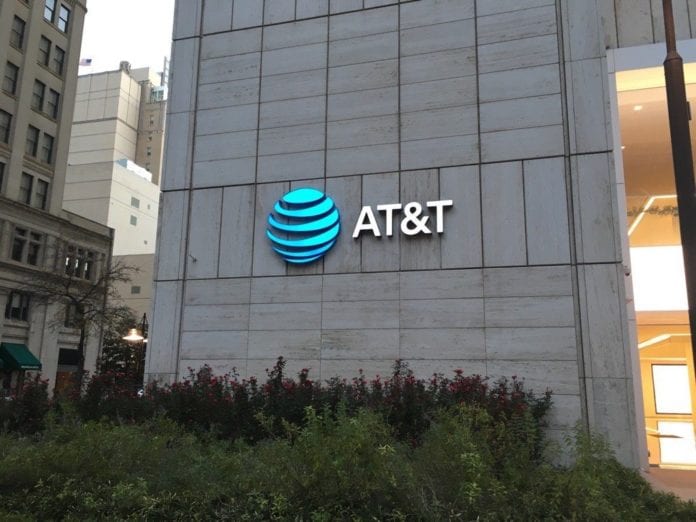AT&T says FirstNet coverage is more than 75% complete
AT&T touted its progress on meeting various financial objectives which it had laid out for itself in 2019, but 2020 may be trickier still to navigate: the launch of a new streaming service in which it has heavily invested and plans to tie deeply to its 5G network roll-out, along with marketing efforts to boost both that streaming service and 5G device upgrades.
Investors sent the company’s stock down more than 3% in midday trading. AT&T continued to shed DirecTV satellite subscribers during the most recent quarter, while its all-important wireless segment had a strong quarter.
The carrier saw its wireless service revenues grow at 1.9% from 2018 to 2019, and improve 1.8% from the fourth quarter of 2018 to the fourth quarter of 2019. AT&T reported 229,000 postpaid phone net additions for the fourth quarter. For the full year of 2019, it added 483,000 postpaid and 506,000 prepaid phone subscriptions.
AT&T reported $19.6 billion in capital expenditures during 2019, and said that its build-out of the FirstNet network is more than 75% complete. It expects FirstNet to be 80% complete by mid-2020, and that it will receive a $1 billion reimbursement from the FirstNet Authority in the second half of this year. Capital expenditures for 2020 are pegged at about $20 billion.
AT&T had consolidated revenues of $181.2 billion. For the fourth quarter, revenues were $46.8 billion versus $48.0 billion in the year-ago quarter; AT&T said they would have been about the same if not for its heavy investment in its upcoming HBO Max streaming service, and much of that investment was in content licensing. The carrier has also been working on lowering its debt levels, and said that it reduced its net debt by $20.3 billion over the course of last year.
Randall Stephenson, AT&T chairman and CEO, said that the company “delivered what we promised in 2019 and we begin this year with strong momentum in wireless.”
On the company’s quarterly call, AT&T executives discussed their expectations for the impact that 5G will have on both device and service plan upgrades—particularly with AT&T’s plan to launch its new HBO Max streaming service in May. After several years of historically low device upgrade rates, the carrier sees a market primed for an upgrade cycle and expects that the convergence of more broadly available 5G coverage and 5G handsets, its new streaming service and marketing efforts backing both 5G and HBO Max, will drive upgrades, particularly in the 2020 holiday season.
AT&T plans to bundle HBO Max with premium-tiered wireless, broadband and video plans and said that its video strategy is now focused on AT&T TV and HBO Max.
#ATT 4Q19 #Postpaid details $T
Upgrade rate 4.8% – lower 0.2% YoY pic.twitter.com/8e3vIpzETL
— 🅱🅸🅻🅻 🅷🅾 (@billho888) January 29, 2020
The 2019 @ATT earnings tell a story of connected devices. An eye-popping 28% YoY growth in connected devices. There are more connected devices than postpaid smartphones https://t.co/0rVYv9NnQc (AT&T silent on what % of its 1M FirstNet subs are connected devices) pic.twitter.com/wYBZ7h3gXb
— Ken Rehbehn (@krehbehn) January 29, 2020

